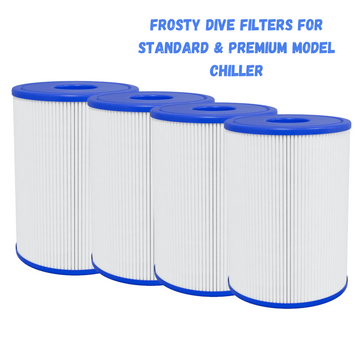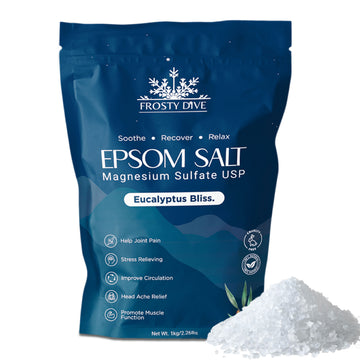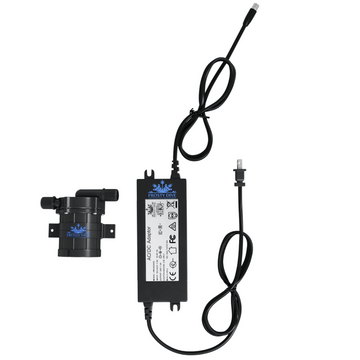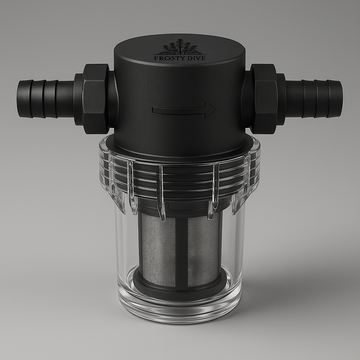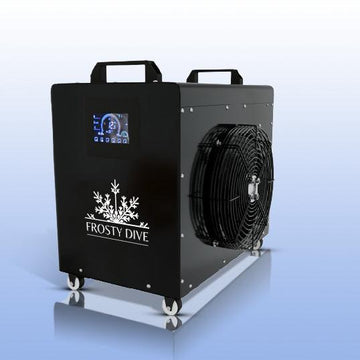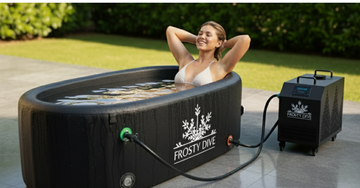Have you ever wondered what keeps large buildings, industrial machinery, and even your favorite ice-skating rink comfortably cool? The secret lies in water chillers. But what exactly is a water chiller, how does it work, and what are its different types and uses? This comprehensive guide will walk you through everything you need to know about these fascinating devices.
Understanding Water Chillers
Water chillers are devices that remove heat from water through a refrigeration cycle, and then circulate the cooled water through a heat exchanger to cool a space, process, or piece of equipment. They're the unsung heroes behind many cooling systems, ensuring optimal temperatures for various applications.
The Science Behind Water Chillers
Water chillers operate on a basic principle of heat exchange. They absorb heat from water and transfer it elsewhere, usually to the air or another fluid. This process involves several key components.

Key Components
Evaporator: Where the refrigerant absorbs heat from the water.
Compressor: Pressurizes the refrigerant and pumps it through the system.
Condenser: Releases the absorbed heat to the surroundings.
Expansion Valve: Regulates the flow of refrigerant into the evaporator.
By understanding these components, you can better appreciate how water chillers work and their role in various applications.
Types of Water Chillers
There are several types of water chillers, each suited to different needs and environments. Let's explore the main categories.
Air-Cooled Chillers
Air-cooled chillers use air to dissipate the heat absorbed by the refrigerant. These are ideal for smaller applications and locations where water is scarce. They are easy to install and maintain, making them popular for commercial buildings and small-scale industries.
Water-Cooled Chillers
Water-cooled chillers, on the other hand, use water to remove heat. They are more efficient than air-cooled chillers and are typically used in larger applications, such as central air conditioning systems for buildings and industrial processes.
Absorption Chillers
Absorption chillers operate using a heat source, such as natural gas or steam, instead of electricity. They are often used in facilities where waste heat is available or in regions where electricity costs are high.
How Water Chillers Work
Now that we've covered the types of water chillers, let's dive into the step-by-step process of how they work.
Step 1: Heat Absorption
The process begins in the evaporator, where the refrigerant absorbs heat from the water, causing the refrigerant to evaporate and cool the water.
Step 2: Compression and Condensation
Next, the compressor pressurizes the gaseous refrigerant and sends it to the condenser. Here, the refrigerant releases its absorbed heat to the surroundings, usually through air or water.
Step 3: Expansion and Recirculation
Finally, the refrigerant passes through the expansion valve, which reduces its pressure and temperature before returning to the evaporator to start the cycle again. The chilled water is then circulated through a heat exchanger to cool the desired space or equipment.
Common Uses of Water Chillers
Water chillers are versatile devices used in various applications across different industries. Here are some common uses.
Industrial Applications
In industries, water chillers are used to cool machinery, processes, and products. They help maintain optimal operating conditions and prevent overheating, which can damage equipment and reduce efficiency.
Commercial Buildings
Commercial buildings often use water chillers as part of their HVAC systems to provide air conditioning. They ensure a comfortable indoor environment for occupants, especially in large office buildings, shopping malls, and hospitals.
Recreational Facilities
Facilities like ice rinks, swimming pools, and sports arenas also rely on water chillers. They help maintain the required temperatures for different activities, ensuring a pleasant experience for visitors.
Benefits of Using Water Chillers
Using water chillers offers several advantages, making them a valuable addition to various systems and processes.
Energy Efficiency
Water chillers are known for their energy efficiency. They use less energy compared to other cooling methods, which translates to lower operating costs and reduced environmental impact.
Temperature Control
Water chillers provide precise temperature control, essential for maintaining optimal conditions in sensitive applications, such as medical equipment, data centers, and manufacturing processes.
Versatility and Scalability
These devices are highly versatile and can be scaled to meet the cooling needs of different applications. Whether you need to cool a small laboratory or a massive industrial plant, there's a water chiller solution for you.
Choosing the Right Water Chiller
Selecting the right water chiller requires careful consideration of several factors to ensure it meets your specific needs.
Cooling Capacity
Determine the cooling capacity required for your application. This is measured in tons or kilowatts and depends on the heat load that needs to be removed.
Energy Efficiency
Look for energy-efficient models that can reduce operating costs and environmental impact. Check for certifications and ratings that indicate the chiller's efficiency.
Installation and Maintenance
Consider the installation and maintenance requirements of the chiller. Ensure you have the necessary infrastructure and resources to support it.
Maintenance Tips for Water Chillers
Proper maintenance is crucial for the efficient and reliable operation of water chillers. Here are some maintenance tips to keep in mind.
Regular Inspections
Conduct regular inspections to check for any signs of wear and tear, leaks, or abnormal noises. Address any issues promptly to prevent further damage.
Cleaning and Servicing
Regularly clean and service the chiller components, such as the evaporator, condenser, and filters. This helps maintain optimal performance and prevents clogs and inefficiencies.
Monitoring and Adjustments
Monitor the chiller's performance parameters, such as temperature, pressure, and flow rates. Make necessary adjustments to ensure it operates within the recommended range.
Innovations in Water Chillers
The field of water chillers is continuously evolving, with new innovations enhancing their performance and efficiency.
Advanced Refrigerants
The use of advanced refrigerants with lower global warming potential (GWP) is becoming more common. These refrigerants are environmentally friendly and
comply with stringent regulations.
Smart Controls
Smart controls and automation are being integrated into water chillers, allowing for remote monitoring and control. This improves efficiency and enables predictive maintenance.
Energy Recovery Systems
Energy recovery systems capture and reuse waste heat from the chiller's operation. This reduces overall energy consumption and enhances sustainability.
Environmental Impact of Water Chillers
While water chillers offer numerous benefits, it's essential to consider their environmental impact and implement measures to mitigate it.
Energy Consumption
Water chillers consume significant amounts of energy, contributing to greenhouse gas emissions. Opt for energy-efficient models and practices to minimize this impact.
Water Usage
Water-cooled chillers require substantial water usage. Implement water-saving measures and consider using air-cooled chillers where feasible.
Refrigerant Management
Proper management of refrigerants is crucial to prevent leaks and reduce their environmental impact. Follow regulations and guidelines for handling and disposal.
Future Trends in Water Chillers
The future of water chillers looks promising, with several trends shaping the industry.
Increased Energy Efficiency
Advancements in technology will continue to improve the energy efficiency of water chillers. This will result in lower operating costs and reduced environmental impact.
Integration with Renewable Energy
Integration with renewable energy sources, such as solar and geothermal, will further enhance the sustainability of water chillers.
Enhanced Connectivity
Enhanced connectivity and IoT integration will enable real-time monitoring and control of water chillers. This will improve efficiency and facilitate proactive maintenance.













